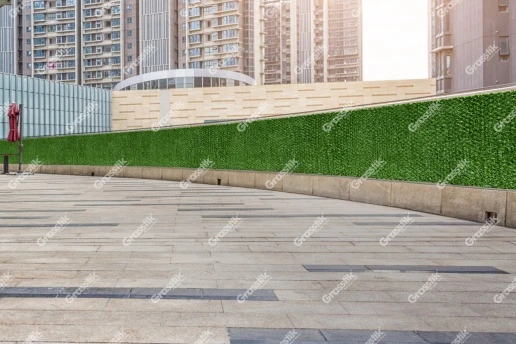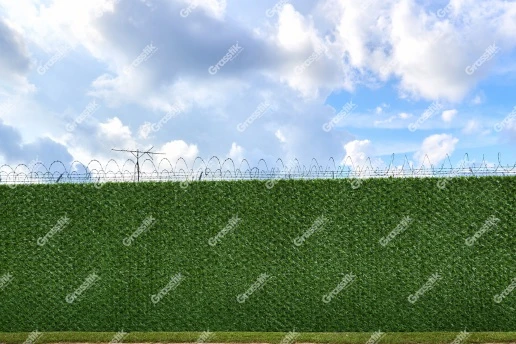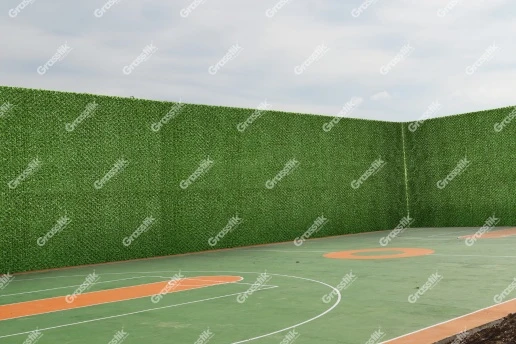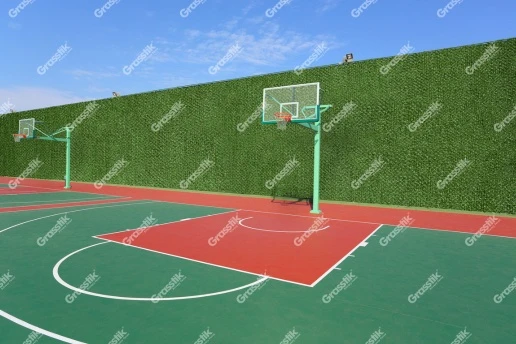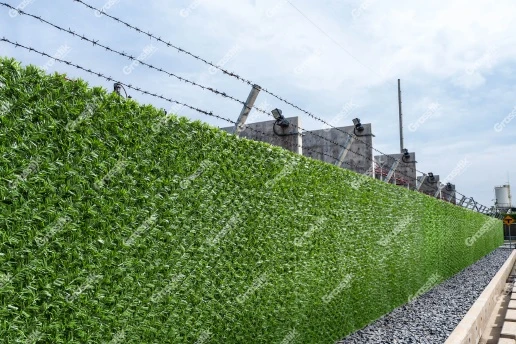
Are Grass Walls Used in Railway Fencing?
Grass walls are increasingly being recognized for their potential in railway fence and railroad fence applications. While they are not usually the primary choice for fencing, their aesthetic and environmental benefits are drawing attention. In areas where blending infrastructure with the natural environment is key, these walls are ideal. They are being used as supplementary barriers or for visual enhancement, complementing the more traditional fencing materials. Their use in railway settings represents a shift towards integrating eco-friendly and visually appealing elements into rail infrastructure. This approach not only improves the appearance of railway lines but also contributes to a greener, more sustainable method of fencing.
How are Grass Walls Used on Railroad Fences?
Grass walls find innovative application in railroad fencing, often integrated as rail tie fence or cross tie fence components. Their primary function is to provide natural camouflage for the more rigid metallic or wooden structures commonly used in railroad barriers. This integration results in a softened visual impact and an enhanced aesthetic that aligns well with surrounding landscapes. By adopting grass walls, railroads can achieve a blend of practicality and natural beauty, contributing positively to the visual appeal of the railway infrastructure.
Why are Grass Fences Used on Railway Fences?
Grass fences, such as Grasstik, utilized alongside railway station fencing or as a component of railroad tie privacy fences, provide a unique blend of aesthetic enhancement and practical functionality. While they offer limited sound insulation, their primary benefit lies in visually softening the industrial look of railway infrastructures. This integration is particularly valuable in areas where railway lines meet public spaces, as it helps to seamlessly blend the robust railway elements into the surrounding environment. The use of Grasstik fences in such settings not only enhances the visual appeal but also contributes to creating a more harmonious and visually cohesive space.
What are the Types of Fences Used in Railways?
Railways employ a variety of fencing types to cater to different functional needs. These include traditional railway fencing types such as chain-link for security and stacked railroad tie fence for durability. Grass walls are increasingly being integrated into these fencing systems. They add an aesthetic, eco-friendly layer that complements the existing structures, thereby enhancing the overall appearance of railway areas. Their use diversifies the railway fencing portfolio, blending practicality with visual appeal, while contributing positively to the environmental aspects of the railway infrastructure.
How to Install Grass Walls Used in Railways?
Installing grass walls in railway track fencing necessitates a meticulous approach. Firstly, it's important to choose suitable existing fences like chain-link or rail tie fences where grass walls can be securely attached. The process involves carefully mounting grass panels onto these structures, ensuring they are sturdy enough to withstand environmental factors without impeding railway operations. Special attention must be paid to maintaining clear sightlines for train operators and not obstructing essential railway signage. This strategic placement is crucial for safety while enhancing the aesthetics of the railway environment.
How to Clear Grass Fences on the Railway?
The upkeep of grass fences in railroad tie fence environments is notably hassle-free, thanks to their artificial grass composition. Unlike real grass, Grasstik requires no regular gardening or irrigation, making it an ideal low-maintenance solution for railway settings. Cleaning these fences is simple – a basic hose down is sufficient, and rainfall naturally aids in keeping them clean. Their UV-protected material ensures no fading occurs, and the flame-retardant properties add an extra layer of safety. This ease of maintenance makes Grasstik an efficient choice for railway applications, ensuring a consistently neat appearance without the need for extensive upkeep.

